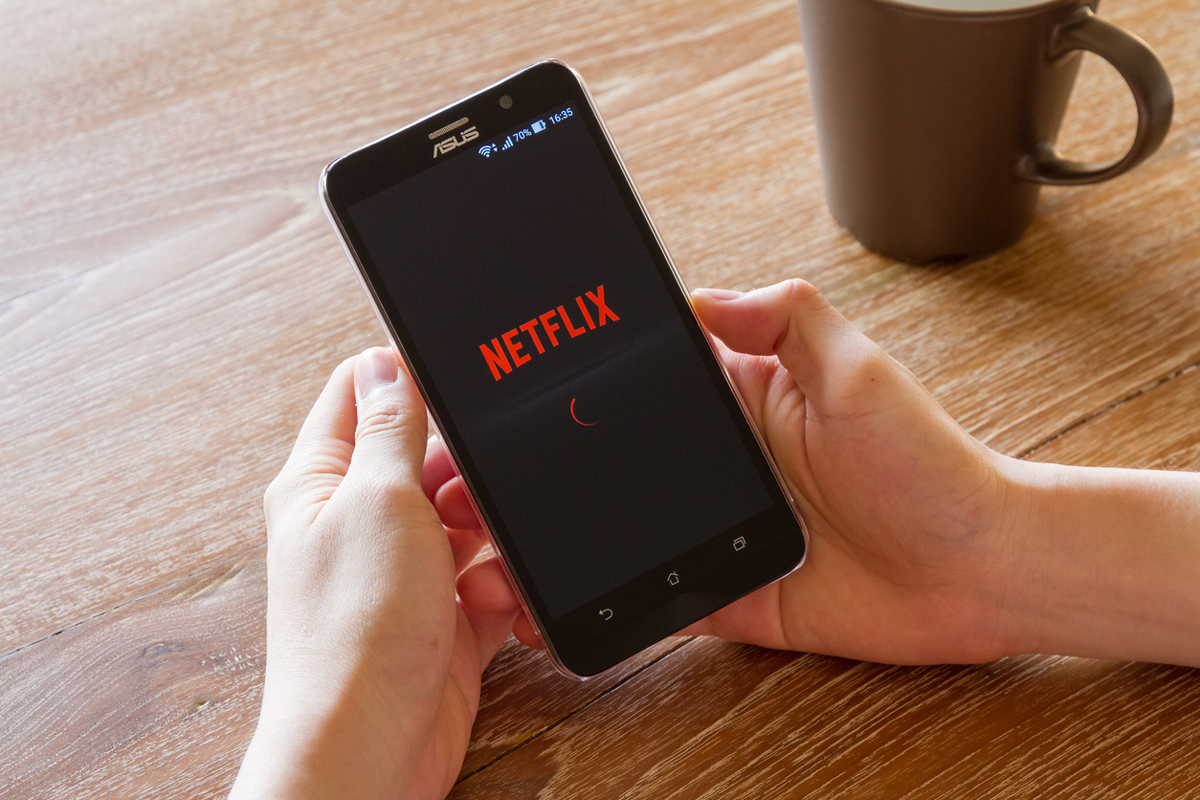On the wall of iflix’s Singapore office, a Silicon Valley-esque open-plan room above a shophouse in Amoy Street, a mural states the company’s self-declared mission: “To reinvent internet TV for a billion consumers.”
“We fundamentally believe that the current way for someone to watch TV in emerging markets is just flawed,” says Patrick Grove, iflix’s chairman. In developed markets in North America and Europe, a proliferation of free-to-air and paid TV channels makes for a huge diversity of entertainment options; in South East Asia, those options are far more limited.
The Philippines, for example, has only a handful of free-to-air channels. Cable penetration is limited to a relatively small number of households, and its content is mainly in English. “But the average Filipino doesn’t want to watch BBC, CNN, NatGeo, HBO, Showtime, et cetera,” Patrick says. “So cable isn’t a very customised local product; it’s just Western feeds being pumped in, and people pay whatever they pay.”

Internet TV has arrived in the region, but the cost of services like Netflix can be prohibitive in markets which, while fast-growing, are still a fair way from wealthy. On the one hand, viewers consume huge quantities of free content on YouTube, Facebook video and Snapchat; on the other, they can’t get access to professional content at a price they can afford. Piracy is rampant, and the economics of the industry don’t work for producers.
“The internet TV world is getting highly fragmented and increasingly confusing. What we’ve realised is that this world of professional content, where people are creating great TV shows and great movies, is getting lost in the internet TV world. They can’t survive on a free tier, and the paid tiers are not working either.”
Solving this problem could be extraordinarily lucrative. The one billion people that iflix’s creed refers to are customers in the bulging emerging consumer markets in countries such as the Philippines and Indonesia, or in even more challenging ‘frontier’ locations such as West Africa. Success means sourcing content that is specifically tailored to the local context — both in language and tastes — and understanding that most consumers will not be watching on a large screen in the corner of their living room, but on a mobile device.
Weak fixed-line infrastructure meant that several emerging markets leapfrogged over landlines to go straight to mobiles; the advent of cheap smartphones means that many then ‘graduated’ into mobile internet. According to the GSMA, a mobile industry trade body, smartphone penetration was around 47 per cent of the population of 260 million in 2015. Malaysia, with a population of nearly 30 million, is close to 50% penetration. Around 30% of Nigeria’s 140 million people have access to a smartphone.
Mobile first
Patrick, who made his name in the late 90s and early 2000s with a string of successful internet businesses across Asia, launched iflix in 2015. The business model is deceptively simple: buy up the rights to international TV shows that haven’t yet got distribution deals in the region, and to local shows and movies, and put them onto its mobile-first platform for subscribers to download and watch. The company has cut deals with mobile operators to bundle together iflix with their data-subscription packages, so that customers pay
a couple of extra dollars a month through their phone bill.
Since its launch, it has signed up around 180 studios to supply content. As well as securing the rights to blockbuster US shows, such as hacker drama Mr Robot, it has built a catalogue of content from major Asian producers, and smaller studios in each of the markets it operates in. Typically, it aims for a mix of one-third English language content, one-third regional content — mainly from Japan, Korea and China — and one-third local language. It is the local-content producers who stand to gain the most, Patrick says.

In more mature markets, there are a number of ‘windows’ through which producers sell
their content. Movies start in the cinema, then are distributed through in-flight entertainment, then cable TV, then, finally, some years later, on free-to-air TV, with each successive window costing less, but being opened later. For TV shows, there is a similar process; a big-budget US production will typically cover its costs with its domestic distribution deals and make profits selling it on overseas through various channels.
In emerging markets, where those systems don’t work and piracy is so common, an Indonesian movie may do well in the cinema for a month, but from then on it either disappears or is pirated. “So there wasn’t this established window in emerging markets where, if you made a movie in Indonesia and the movie did well, you could bank on one month of money from the cinema, then two months of money from airplanes, one year of money from cable — it’s gone, it’s pirated, it’s worthless. So from the minute it comes out of the cinema, distributors and owners are willing to talk to people like us.”
Local content
The internet has profoundly shaken up the economics of film and TV all over the world; Netflix, which has become so ubiquitous that it has, like Google before it, become a verb, is at the leading edge of that and has expanded around the world, disrupting broadcast markets wherever it lands.
As much as the internet TV revolution opened up new channels to distribute content, it also exposed smaller domestic producers and broadcasters to competition with the big beasts of the industry. This is not new — the dominance of US film and TV content globally has been a source of anxiety for creative industries worldwide for decades. The major studios have built incredibly effective economies of scale in production and distribution, and are able to keep monetising their content in different geographies.
A show that has run its course in developed markets may be offered to a broadcaster in an emerging market for a fraction of the cost of producing something local, skewing the economics towards screening an import.
In the days of broadcast TV, some countries fought back by insisting that a fixed minimum percentage of what aired on local channels was locally produced. Paid-for online services generally have no such stipulation, although in the European Union Netflix and Amazon have come up against demands, led by France and Spain, that they should play by the same rules and give prominence to local programs.
As well as being a threat, internet-TV platforms could present a huge opportunity for some producers who can think more globally in order to tap into a far bigger demand than just their home markets. As Marc C-Scott, a lecturer in screen media at Melbourne’s Victoria University, puts it: “Within a region, you would see it as niche content, but you send that content to a global audience: all of a sudden, you have this niche audience, and it’s a mass audience.”
The internet has profoundly shaken up the economics of film and TV all over the world; Netflix is at the leading edge of that and has expanded around the world, disrupting broadcast markets wherever it lands.
One of the best illustrations of this potential is Iroko, a company founded by the London-born entrepreneur Jason Njoku, who saw that his Nigerian mother and her friends voraciously consumed films from their homeland. ‘Nollywood’ is one of the largest film industries in the world, when measured by the sheer volume of its output, and is watched across Africa, in the Caribbean, and in diaspora communities in Europe and North America.
Most of these films are distributed on CD and DVD, copyright theft is rampant, and new releases had next to no afterlife. Njoku bought the rights to a huge catalogue of films, distributing them first through a YouTube channel, then through an app. The company has attracted millions in venture capital funding and become one of the biggest players in the African film industry. It has even begun producing original shows to bulk out its catalogue, following in Netflix’s footsteps.
Back in South East Asia, iflix has recently commissioned its own first batch of locally-made shows, including a talk show in the Philippines, and a stand-up comedy series in Malaysia. For all the fears that big-budget shows could swamp local markets, Grove says that the economics of local production do stack up.
“If you have something like The Flash, which they spend $2 million an episode to make, versus some local show that they make for $20,000, more often than not the $20,000 local show will be more popular,” he says. “People still prefer local stuff, even though the American shows are high budget.”







